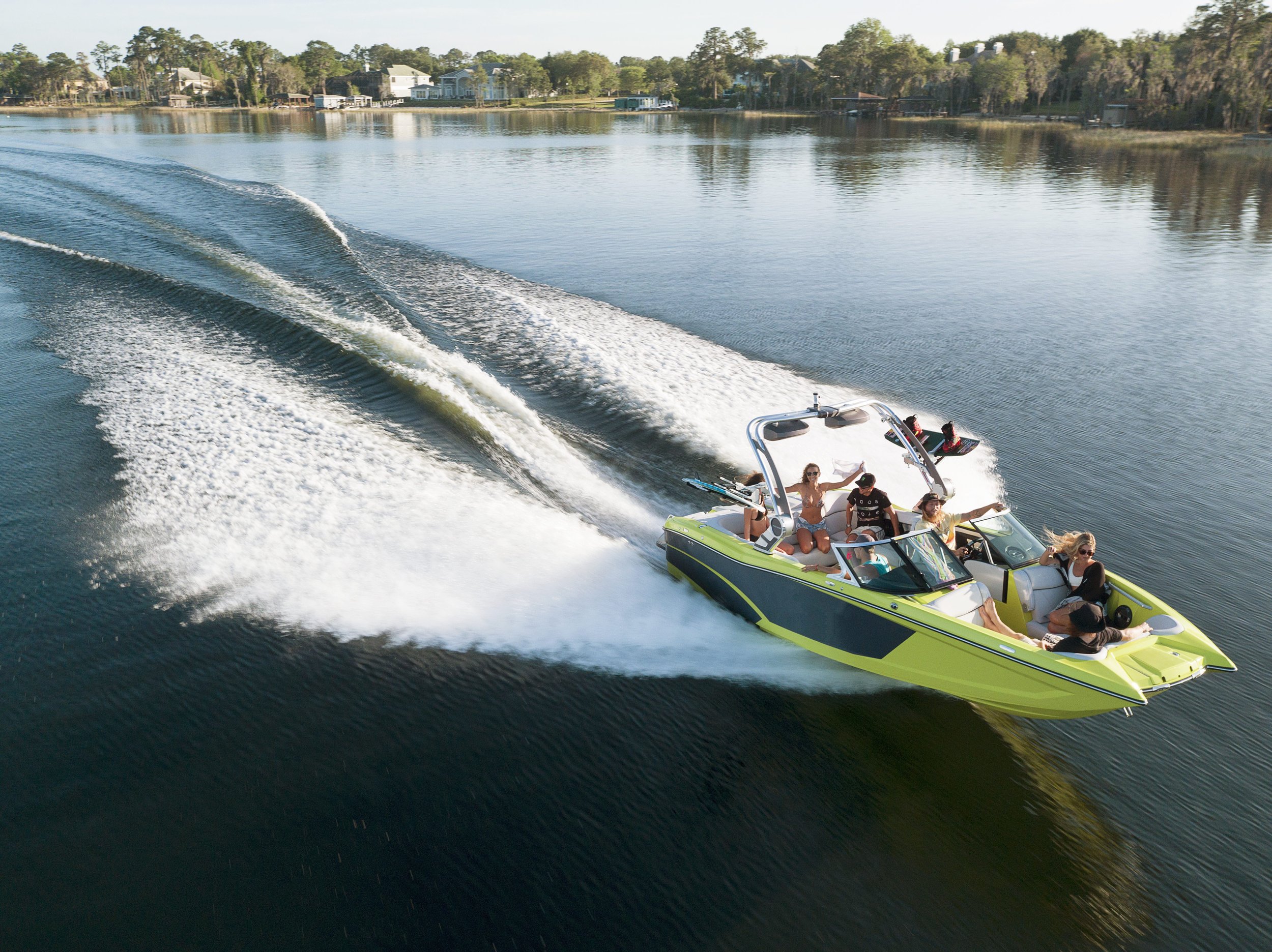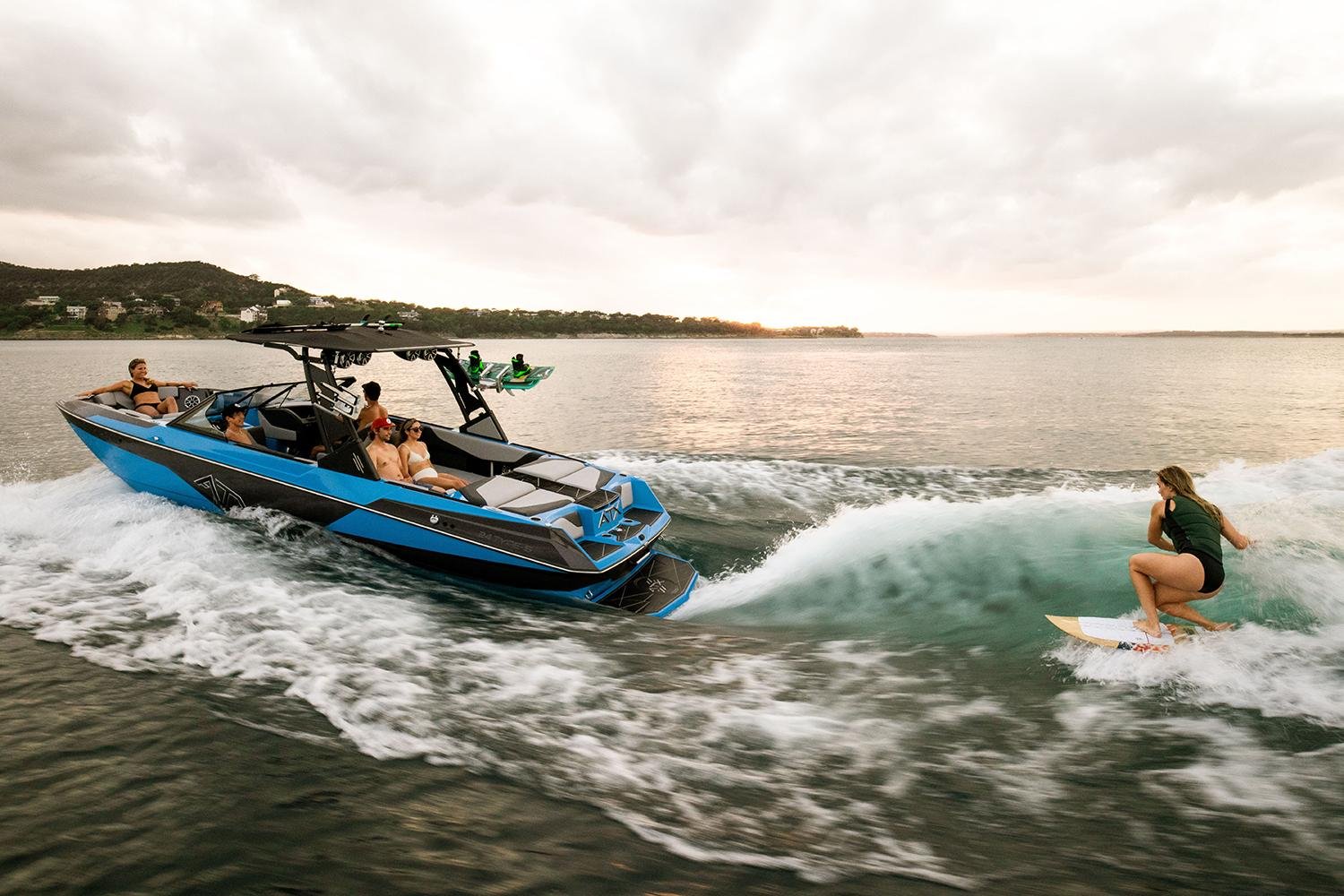FOLW Boating Page
The State of Maine defines the area within 200’ feet of shore as a water safety zone.
Headway speed within 200 feet of the shore.
SAVE OUR SHORE, WAKE NO MORE!
An amusing scene in the classic film “On Golden Pond” has young Billy asking crotchety old Norman Thayer if his boat is fast as they are pulling away from a dock. In classic curmudgeonly Norman Thayer fashion, he drops the throttle and the boat rockets forward, throwing Billy back into his seat. Of course, “On Golden Pond” was made 42 years ago.
Today there is thankfully a greater appreciation for how damaging wakes crashing into shorelines are to the health of lakes. Hence the rule to travel no faster than headway speed when in a stream or within 200 feet of shore. Headway speed is the slowest speed at which a motorized watercraft may be operated and maintain steerage. For most boats, that’s no more than 6 mph. The state normally does not buoy hazards within this zone except when marking critical, high traffic areas or a channel. So safety is one reason to slow down to headway speeds in the 200-foot zone. But so is lake ecology.
As wakes ripple outward, they form waves.
Waves eventually crash into shore.
That pounding can create erosion, particularly on shores not fortified by riprap.
That erosion loosens dirt into a waterbody.
Dirt contains phosphorus.
And phosphorus is the nutrient that feeds algae, which can turn lake water a sickening green.
So, a simple way to protect lakes (the mission of FOLW) is to slow your motorboat or jet ski as it approaches shore. Wake boats designed to create giant wakes should stay even farther from shore as they speed across the water. For folks who rent their camps to summer visitors, for new camp owners and for businesses that rent boats, a reminder of the 200-foot no wake zone would serve both those clientele and the lakes well.


